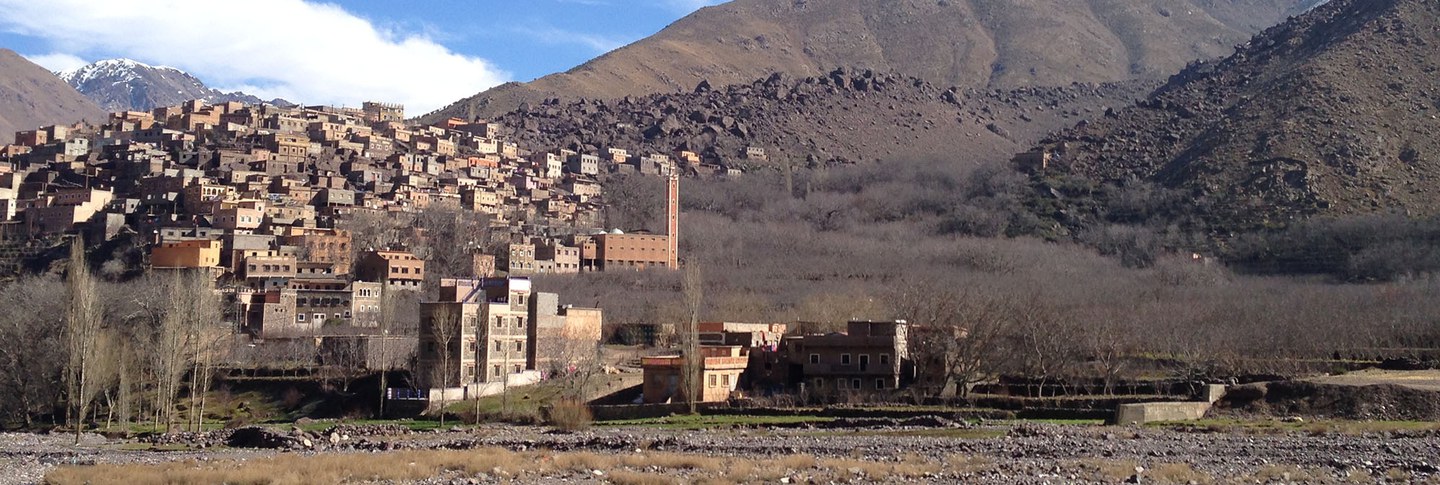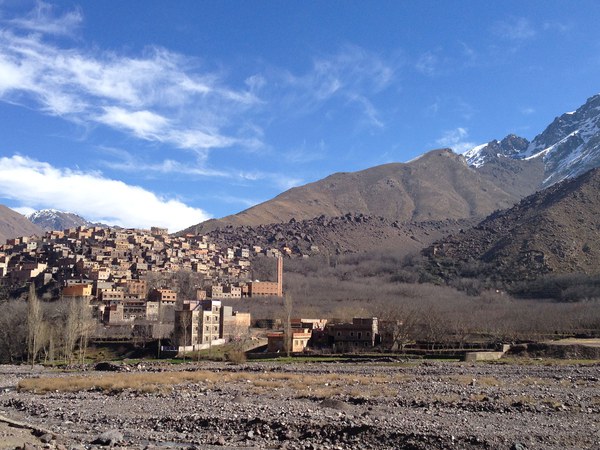There’s a paucity of gardens in North Africa, but as Abbey Stockstill’s work is showing, that doesn’t mean the histories of lives lived in tune with the region’s unique landscape haven’t left their traces.
For her institutional project, Stockstill, a Tyler fellow at Dumbarton Oaks, has been working with the Middle East Garden Traditions project. This web-based research tool, organized and hosted by Dumbarton Oaks, offers rigorous and well-researched information on gardens in the Islamic world to scholars in the early stages of research or course planning. The project, undertaken in the main between 2004 and 2007, provides selected bibliographies, catalogs, and glossaries for a number of sites that existed under dynasties including the Ummayad, Abbasid, and Safavid, as well as in al-Andalus.
Stockstill, whose academic research centers around the urban development of Marrakesh, has added to this resource a number of North African entries, as well as essays on hydraulics and hydrology and the Atlas Mountains. Focusing on North Africa—her regional forte, and until recently a lacuna in the catalog—has led Stockstill to reevaluate, in part, the scope of the project. “There aren’t too many gardens, extant or otherwise, in North Africa, so what I’ve started working on is more of a study of how the region uses its landscape,” Stockstill explains.
That means Stockstill has been researching the complex relationships between resident populations and the North African landscape rather than individual sites. For an entry on the Atlas and Rif Mountains, for example, she has been looking at agricultural patterns, phenomena like transhumance and seasonal migration, and hydrology and water management. “There’s a city on the southern side of the High Atlas mountain range called Sijilmasa that was once a major trade route stop,” she explains. “So that entry is focusing on the role of oases in facilitating trade—and of course, that expands out into questions of how open space and water are managed. It’s a way of thinking about landscaping and ‘garden’ spaces more holistically.”
These holistic concerns extend even to the few specific, or “traditional,” sites that she’s investigating. Stockstill is currently writing about a series of funerary gardens and the phenomenon, which they typify, of “externalized funerary complexes.” In Rabat, she explains, there’s a garden called the Chellah that was once a Roman city. When the space eventually fell into ruin, it was converted in the fifteenth century into a necropolis. “The really fascinating thing about is that the open air spaces surrounding the graves have been cultivated—they were designed to be visited,” Stockstill says. “Eventually there’s a whole economy that springs up around providing spaces where pilgrims can stay when they come to receive blessings. It’s almost like a tourist industry.”

